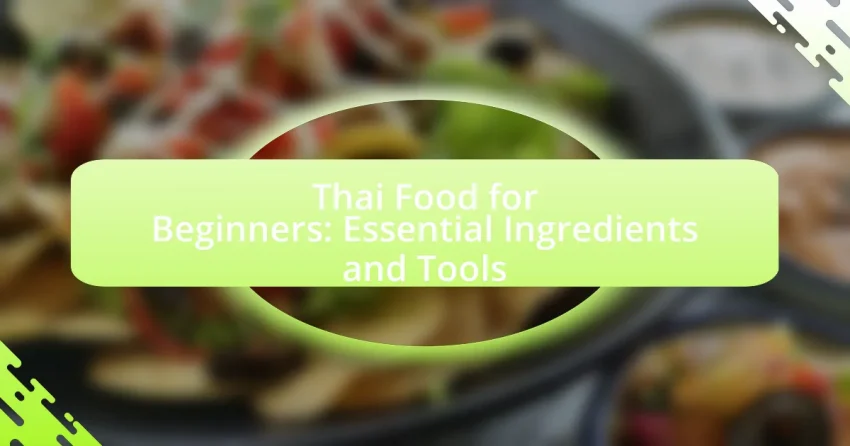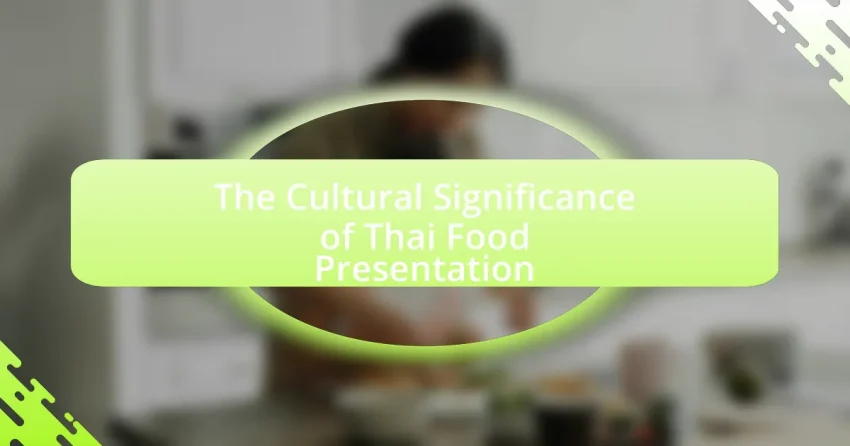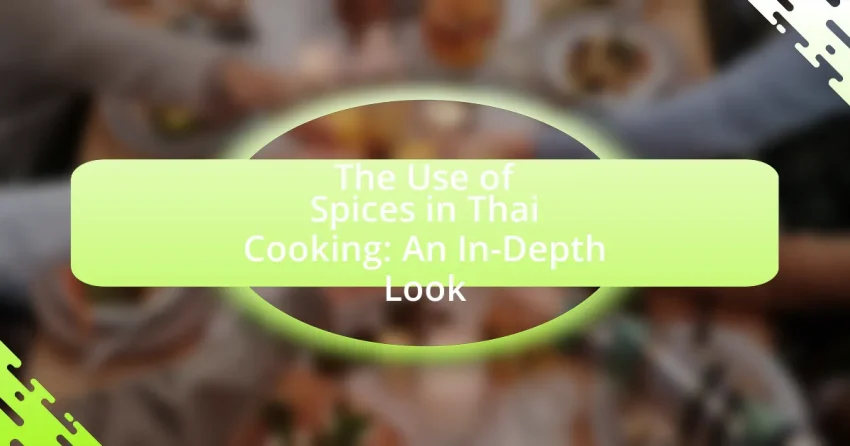Rice is a fundamental staple in Thai meals, serving as the primary source of carbohydrates and playing a significant role in the country’s cultural practices and traditions. The article explores the various types of rice used in Thai cuisine, such as jasmine and sticky rice, and their preparation methods, highlighting how rice complements a wide…
Cuisine Styles
Welcome to the world of Cuisine Styles! Here, you’ll discover a rich tapestry of culinary traditions from around the globe. Each article delves into the unique flavors, ingredients, and cooking techniques that define various cuisines. Whether you’re curious about the spicy dishes of Indian cuisine or the delicate balance of flavors in Japanese cooking, this category has you covered.
As you explore, you’ll find tips on popular recipes, key spices, and essential cooking methods. You’ll also learn about the cultural significance behind each style, enhancing your appreciation for diverse food customs. No matter your skill level, these articles aim to inspire your next culinary adventure. Get ready to embark on a delicious journey and expand your kitchen repertoire!
Thai Food for Beginners: Essential Ingredients and Tools
Thai food is characterized by a balance of flavors, including sweet, sour, salty, and spicy elements, with essential ingredients such as rice, fish sauce, lime, chili, and coconut milk. Key components of Thai cuisine include aromatic herbs and proteins sourced from meats, seafood, and legumes, which contribute to the overall flavor and nutritional value of…
Thai Desserts: A Sweet Journey Through Traditional Treats
Thai desserts are a diverse array of sweet dishes that embody Thailand’s rich culinary heritage, utilizing ingredients such as coconut milk, rice flour, and tropical fruits. This article explores the cultural significance of these desserts, their historical origins, and the regional variations that influence their preparation. Key ingredients and popular types, including mango sticky rice…
Celebrating Thai Festivals Through Food
The article focuses on the celebration of Thai festivals through food, highlighting key events such as Songkran, Loy Krathong, and Yi Peng. It explores the cultural significance of traditional dishes, communal cooking practices, and the role of food in fostering community bonds during these festivals. The article also discusses the health and sustainability aspects of…
Pairing Thai Food with the Perfect Beverage: A Sommelier’s Guide
The article focuses on the significance of pairing beverages with Thai food, emphasizing how the complex flavor profiles of Thai cuisine—characterized by sweet, sour, salty, and spicy elements—can be enhanced through thoughtful beverage choices. It discusses the influence of these flavors on beverage selection, highlighting suitable options such as aromatic white wines, light lagers, and…
Exploring Thai Seafood Dishes: From Coastal to Urban
The article focuses on the diverse landscape of Thai seafood dishes, highlighting their key characteristics, regional influences, and cultural significance. It explores the bold flavors and fresh ingredients that define these dishes, such as shrimp, fish, and squid, enhanced by local herbs and spices. The article also distinguishes between coastal and urban seafood cuisine, detailing…
Vegan and Vegetarian Options in Thai Cuisine
Vegan and vegetarian options in Thai cuisine are diverse and flavorful, featuring dishes such as Pad Thai with tofu, green curry with vegetables, and Tom Yum soup without shrimp. These meals often incorporate ingredients like coconut milk, fresh herbs, and a variety of vegetables, aligning with Thailand’s culinary traditions and Buddhist practices that promote compassion…
How Thai Food is Evolving in the Global Culinary Scene
Thai food is increasingly recognized as a vibrant and flavorful cuisine globally, characterized by its balance of sweet, sour, salty, and spicy flavors. The article explores the key characteristics of Thai cuisine, including its use of fresh herbs and traditional cooking methods, and examines the factors contributing to its popularity in international markets, such as…
The Cultural Significance of Thai Food Presentation
The article explores the cultural significance of Thai food presentation, highlighting how it reflects Thai values, aesthetics, and social customs. It emphasizes the importance of balance, harmony, and beauty in Thai cuisine, where meticulous food arrangement enhances visual appeal and signifies respect for ingredients and the dining experience. The article discusses traditional beliefs that influence…
The Use of Spices in Thai Cooking: An In-Depth Look
The article focuses on the essential role of spices in Thai cooking, highlighting key ingredients such as lemongrass, galangal, kaffir lime leaves, Thai basil, and chili peppers. It explores how these spices contribute to the complex flavor profiles characteristic of Thai cuisine, balancing sweet, sour, salty, and spicy elements. Additionally, the article examines the unique…








